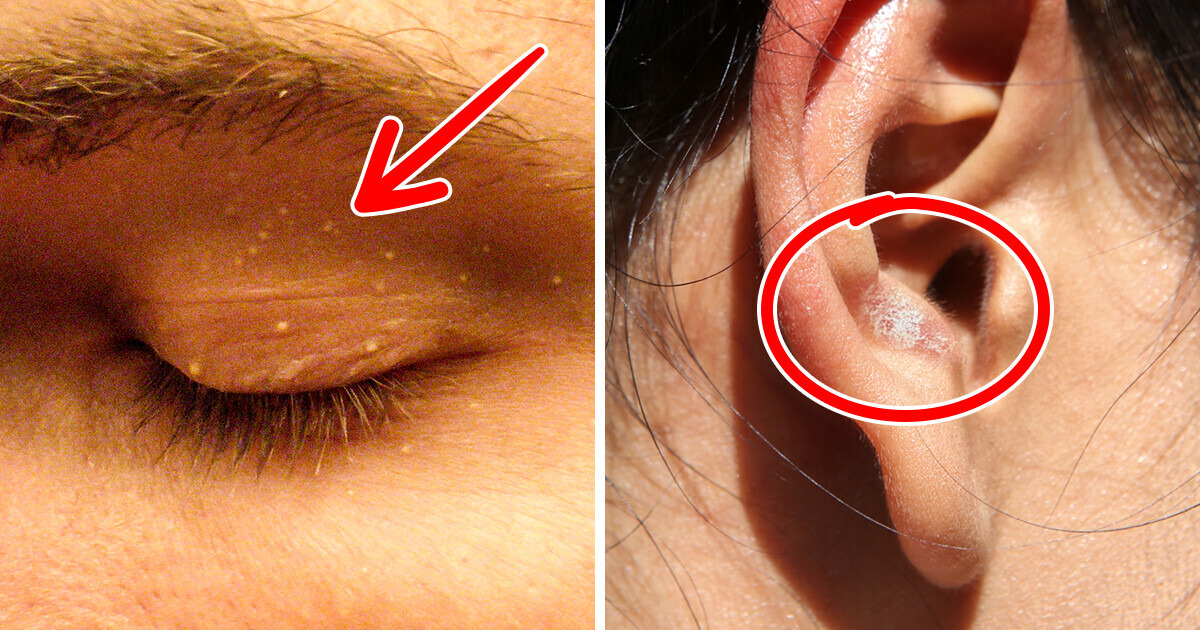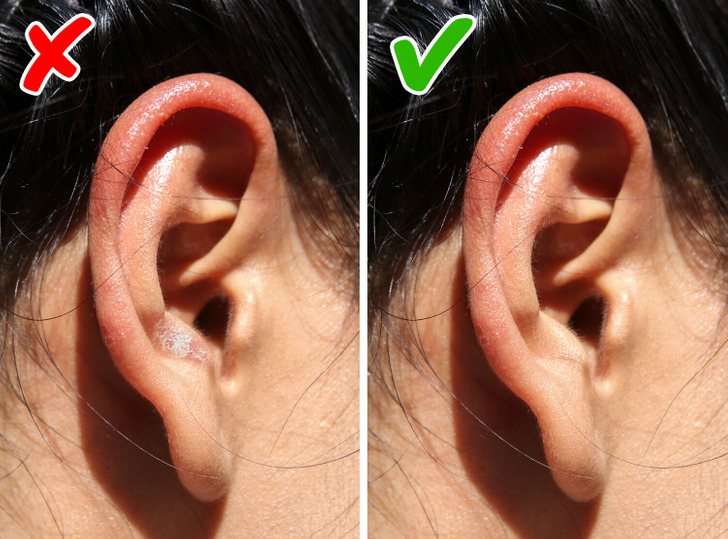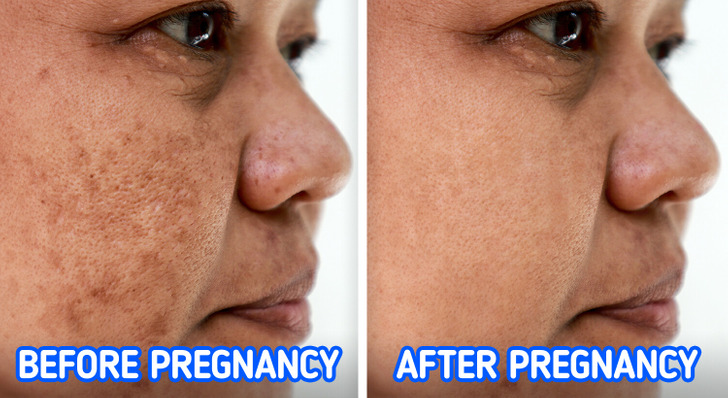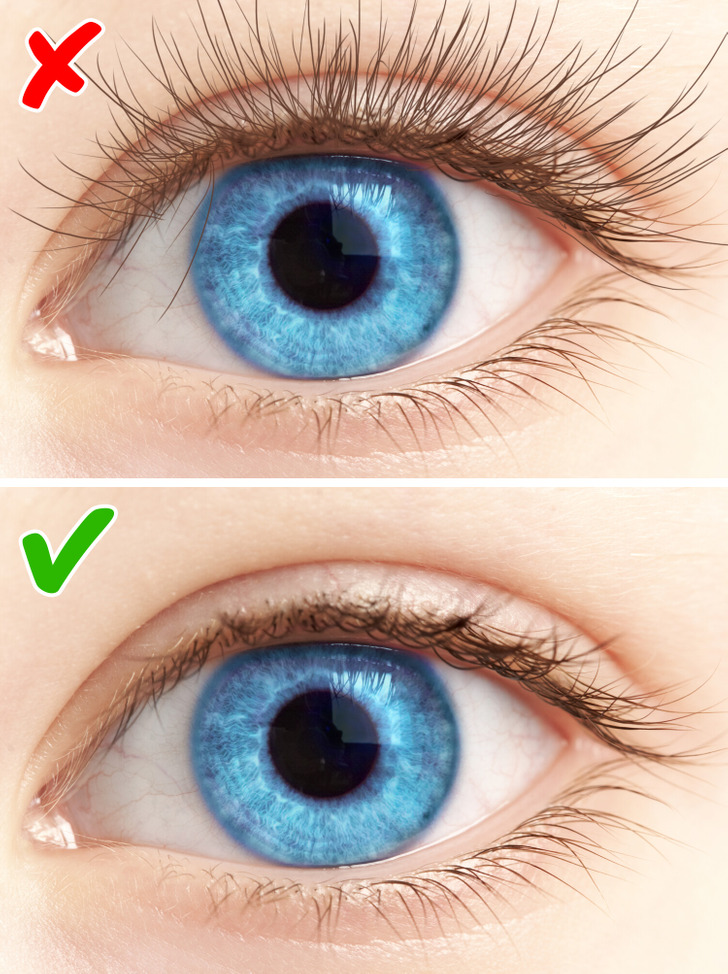5 Alarming Red Flags That Scream Colon Cancer Might Be Present


Your face is more than just a canvas for expression; it can sometimes reflect aspects of your overall well-being. Subtle changes in your skin, eyes, or facial features might serve as indicators that something in your body requires attention. Whether it’s a shift in skin tone, slight swelling, or variations in eyelash growth, these signs may warrant a check-in with a healthcare professional, providing a critical window for diagnosis and treatment before things progress further.
CONTENT IS PROVIDED FOR INFORMATIONAL PURPOSES ONLY AND IS NOT INTENDED AS A SUBSTITUTE OF MEDICAL ADVICE. SEEK GUIDANCE OF YOUR DOCTOR REGARDING YOUR HEALTH AND MEDICAL CONDITIONS.

Persistent itching in the ears could be associated with various conditions, such as eczema, psoriasis, or allergies. Some studies suggest that skin irritation may be linked to low vitamin D levels. Doctors recommend getting at least 10 minutes of sunlight per day, but if you live in an area with limited sunny days, supplements can help compensate for the deficiency.
In some cases, itchy ears may also result from a fungal infection. If the issue persists or worsens, seek guidance from a medical professional to determine the cause and appropriate treatment.
Angular cheilitis is when the skin at the corners of your mouth becomes inflamed, cracked, or sore. It may be associated with factors like infections, nutritional deficiencies, or irritation from external elements. Older adults, individuals with ill-fitting dentures, or those experiencing frequent chapped lips may be more susceptible.
If you notice these symptoms, it’s important to consult a healthcare provider to address potential underlying causes like vitamin deficiencies (especially B vitamins), iron, or zinc, which can make the condition worse.
Milia are tiny, white or yellowish bumps that appear on the skin, often around the eyes, cheeks, and sometimes on the forehead or other areas. They are made of keratin, a protein in your skin, and form when this protein gets trapped under the skin.
Milia are usually harmless and may disappear by themselves, especially in babies. If they don’t go away, or if they’re near the eyes, a doctor might need to remove them carefully. If there are many bumps, your doctor may check for other possible conditions.
Diagnosing milia is simple, and doctors usually do this by looking at your skin. If needed, they may refer you to a skin specialist. It’s important to visit a doctor if you’re concerned or if the milia don’t go away on their own.
Xanthelasma refers to yellowish patches that appear near the eyelids and may be linked to cholesterol levels. While these patches are not harmful, they could be associated with underlying conditions such as high cholesterol or metabolic concerns.
While xanthelasma isn’t dangerous on its own, it can sometimes be linked to other health problems like diabetes, high cholesterol, or thyroid issues. Having xanthelasma could also mean you're more likely to have heart problems or high cholesterol in the future, even if your levels seem normal now.
About half of individuals with xanthelasma have elevated cholesterol levels, often due to genetic predisposition or other health factors. Managing cholesterol through a doctor-recommended diet and lifestyle plan may help reduce risks associated with heart health. If you notice these growths, consider discussing them with a healthcare provider.

Melasma is a common skin condition that causes brown to gray-brown patches, mostly on the face. These patches often appear on the cheeks, chin, nose bridge, forehead, and above the upper lip. Women are more likely to develop melasma than men, and it’s commonly seen during pregnancy. Women who take birth control pills or hormones are also at higher risk.
It's often linked to hormonal changes. The pigmentation usually fades after giving birth or stopping the pill. Stress can also trigger melasma.
The condition doesn’t cause harm, but it can be a source of self-consciousness. Treatment options are available, and seeing a dermatologist can help guide you on managing the condition. An interprofessional team, including dermatologists and other healthcare providers, can work together to improve diagnosis and treatment for better outcomes.

Thick and long eyelashes are the dream of every girl, but excessive eyelash growth can be a pathology. Some cases of trichomegaly are congenital, while others may result from medications or immune-related conditions.
Some changes in your body may signal serious health issues, while others could indicate a deficiency in essential nutrients. Pay attention to these signs to catch potential problems early.











